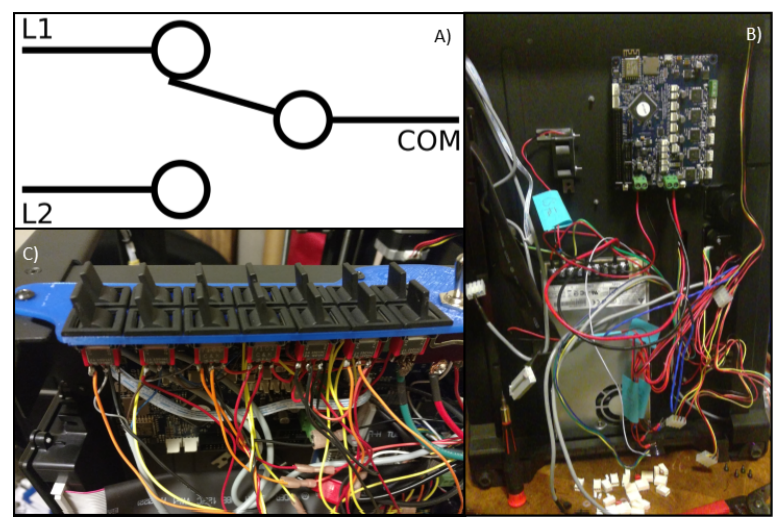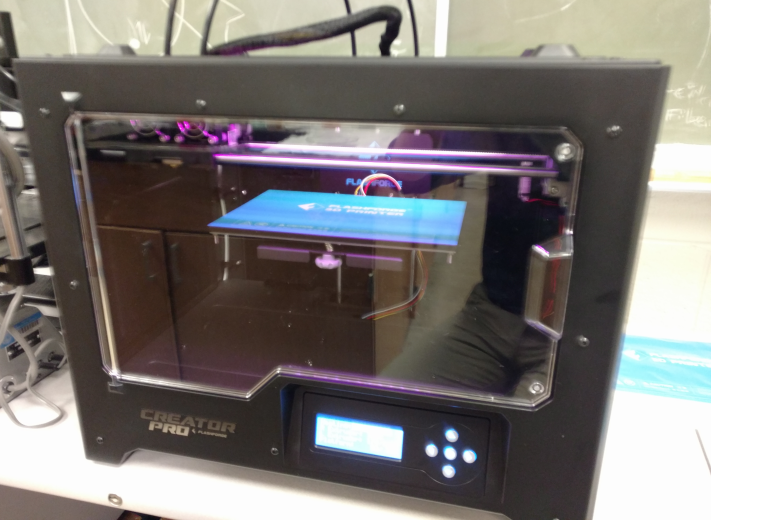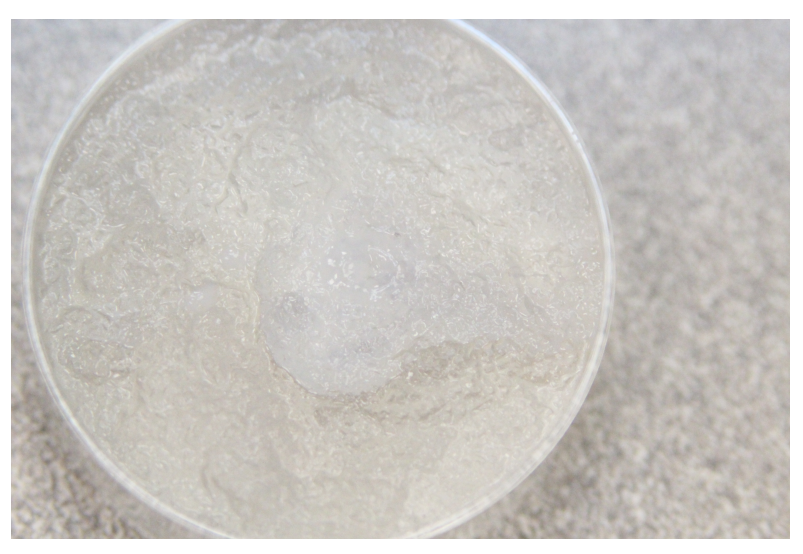Brigham Young University Thesis Student Focuses on Development of New Bioprinter, Ink, Parameter Optimization
Chandler Alan Warr recently submitted a thesis to Brigham Young University, outlining a comprehensive focus on bioprinting in ‘Development of a Novel Bioprinting System: Bioprinter, Bioink, Characterization, and Optimization.’
Warr’s goal in the study was to develop an entire bioprinting system, including not only the printer itself but also the materials (bioink), and a feedback system. Affordability was an important requirement, along with proximity to a research lab. Ultimately, Warr and his research team used a regular 3D printer and customized it for their requirements, using 3D printed parts and a newly designed motherboard, with ‘great contribution’ from Carnegie Mellon University.
The researchers were able to significantly improve printing capabilities of the initial hardware, along with creating their own bioink, and a feedback system featuring a Raspberry Pi and camera model for live monitoring. The team also created a new protocol for optimizing parameters during bioprinting, via open-source slicing software.
“The biomedical industry has produced several printers with proven capabilities in printing a variety of materials,” explained Warr. “These printers span from $10,000 to over $200,000 for industrial bioprinters and generally have a motor step size resolution of around 1 µm. However, it is becoming more popular to modify traditional 3D desktop printers to allow for syringe extrusion and further adapt them for various cross-linking needs that may come about depending on the bioink used.”
In this case, the team ended up buying a FlashForge Creator Pro 3D printer, which was exponentially less expensive, and modifying it for bioprinting purposes. As an added benefit, they also discovered that the initial capabilities of the printer were valuable to them and they did not want to give up any of those functions.
“We therefore decided to try and find a way to keep both motherboards mounted and be able to switch between the two when we wanted to do either plastic 3D printing or bioprinting,” explained Warr. “To solve this problem, we came up with a solution involving a large switch array that would switch the signal wires going to the motors from one board to the other as well as the power supply to each board.”

FlashForge Creator Pro printer modifications A) SPDT wiring of switch array B) Example of the motherboard modifications C) Switchboard array to switch power supply and motor signals from one board to the other.
Upon making their modifications, the 3D printer was complete both electrically and mechanically; however, as they were considering what to do with the extruder, another bioprinter was bestowed on their lab in the form of a MatrixBioprinter, running on the same type of motherboard—a Duet WiFi. They began using this bioprinter also during the study as it was less cumbersome to move around, but there was still the issue of the extruder in the FlashForge to deal with, resolved with a small plastic insert offering the ability to print with plastic syringes.
In creating their bioink, Warr and his team examined previous research, settling with great interest on a suitable method for a supporting substrate. While the freeform reversible embedded suspension of hydrogels (FRESH) was appealing to them, Warr explained that they also found it to be a challenging process. They did not give up though, and not only did Warr and the other researchers learn to make the slurry, they discovered it worked ‘very well’ for them, producing good and ‘consistent results.’
They also experimented with using alginate in the bioprinting process for a few months, consisting of a two percent concentration forming an alginate shell that resulted in the need for additional calcium.
“One problem that became apparent was the fact that alginate swells as it is cross-linked, and that swelling ratio changes depending on the alginate concentration. This is one of the reasons that we started to look into other bioinks or blends that would provide properties that could be tuned to our needs,” said Warr.
Later in the study, they began experimenting with collagen; however, due to a lack of experience in purifying collagen and additional equipment that was not in the budget for their lab, the researchers decided to go the ‘unconventional’ route of creating a decellularized ECM (dECM) bioink as an ‘agglomeration’ of much of the previous research they studied.

Process of making the dECM. A) Decellularized porcine heart B) Powderized and lyophilized decellularized tissue C) Mixing of bioink during digestion process by acid and enzymes D) Initial addition of pH indicator showing acidic bioink after mixing E) Finished bioink with pH changed to neutral
Toward the end of the study, the researchers were able to create optimized parameters, along with developing two resins for tissue engineering that can also be used with Lab-on-a-chip.
“To continue this work, one of the next necessary steps will be to test the cytotoxicity and ability of the dECM bioink to allow for cell proliferation,” concluded the researchers. “The bioink will need to be reliably sterilized and tested with cells to see how they grow and if additional modifications need to be made. Following these cell tests, the printing of a vascular network would be an important benchmark.
“Another avenue of future work involves the modeling of the bioprinting process. This could consist of the modeling of the bioink being extruded into the substrate and the subsequent 64 diffusion of the bioink before cross-linking. The slicing of a desired CAD model could then be optimized and slicing parameters modified that would allow for the modeled extrusion of the bioink to produce the desired structure. This would truly optimize the resolution of bioprinters and allow researchers to see where the limit of resolution lies.”
Bioprinting has grown into an enormous area of study within the realm of 3D printing, allowing researchers to engineer tissue for seeding human fibroblasts, focusing on a variety of new techniques, and even working on futuristic projects like growing heart tissue in space.
What do you think of this news? Let us know your thoughts! Join the discussion of this and other 3D printing topics at 3DPrintBoard.com.
[Source / Images: ‘Development of a Novel Bioprinting System: Bioprinter, Bioink, Characterization, and Optimization’]
Subscribe to Our Email Newsletter
Stay up-to-date on all the latest news from the 3D printing industry and receive information and offers from third party vendors.
You May Also Like
Profiling a Construction 3D Printing Pioneer: US Army Corps of Engineers’ Megan Kreiger
The world of construction 3D printing is still so new that the true experts can probably be counted on two hands. Among them is Megan Kreiger, Portfolio Manager of Additive...
US Army Corps of Engineers Taps Lincoln Electric & Eaton for Largest 3D Printed US Civil Works Part
The Soo Locks sit on the US-Canadian border, enabling maritime travel between Lake Superior and Lake Huron, from which ships can reach the rest of the Great Lakes. Crafts carrying...
Construction 3D Printing CEO Reflects on Being Female in Construction
Natalie Wadley, CEO of ChangeMaker3D, could hear the words of her daughter sitting next to her resounding in her head. “Mum, MUM, you’ve won!” Wadley had just won the prestigious...
1Print to Commercialize 3D Printed Coastal Resilience Solutions
1Print, a company that specializes in deploying additive construction (AC) for infrastructure projects, has entered an agreement with the University of Miami (UM) to accelerate commercialization of the SEAHIVE shoreline...































